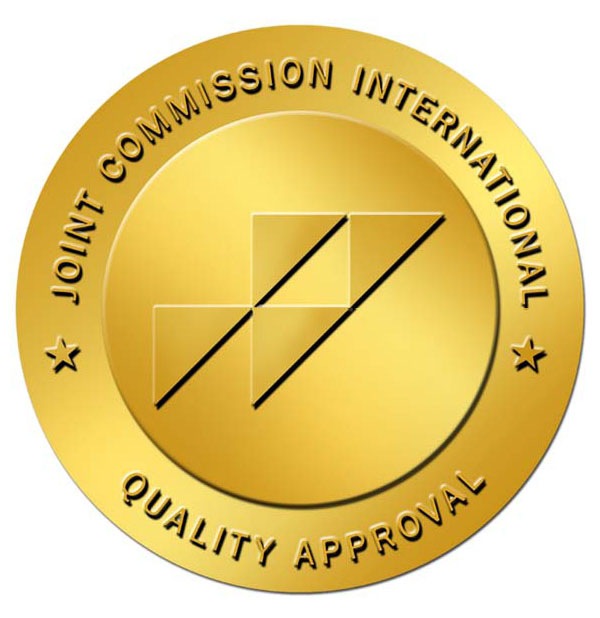Port systems for permanent venous access (cancer patients)
What is an implantable port-system?
Implantable port systems are devices providing permanent access to venous vessels.
Why is it necessary to install the port-system?
The port-system is needed for patients requiring repeated intravenous medications, blood draws, or long-term drug infusions without the need for numerous vein punctures.
The port-system can be used for several months to 5 years, depending on the treatment plan.
How does it work?
A port is a disk-shaped plastic or titanium reservoir with a membrane and a silicone catheter. The port membrane is designed for 2000-3000 needle punctures. The catheter is connected to the port and installed in the central vein.

What are the types of ports?
Single-chamber port: this port has one reservoir and one membrane for a needle insertion. This is the most common type.
Dual-chamber port: these ports have two reservoirs and two membranes to install two needles. A dual-chamber port is required if more than one drug will be administered at the same time.

The port-system is most often implanted under the skin in the chest area, less often in the arm or abdomen area. It is usually barely visible under the skin.
The PORT-SYSTEM is installed ONCE for the entire treatment period.

The port is implanted under local anesthesia, the installation procedure takes from 20 to 40 minutes.
When the port is installed, there may be a slight redness and soreness in the area of the port, which disappear in 24-48 hours. If you notice unusual changes in the skin area above the port, such as severe swelling, redness, or tenderness, you should contact your doctor.
How drugs and solutions are administered through the port-system?
Once the port is implanted, medical staff can use it to administer solutions and medications, and take blood samples.
To provide access to the port, a healthcare professional inserts a special needle (Huber needle) through the skin and the port membrane.
The medicine or solution passes through the needle, into the port chamber, and through the catheter directly into the blood flow. Drugs or solutions are injected into the system using a syringe or infusion system.

For the first week after the port-system is implanted, the patient should refrain from physical activity and swimming in surface water. After the skin around the port is healed, the patient can get back to normal life.
How to prepare for the PORT-system installation?
- Full blood count
- Coagulogram
- HIV and Hepatitis B, C tests
- ECG (electrocardiography)
- For men, if there is hair on the chest, shave the right side in the area of the PORT-system the installation.







 public offer
public offer










